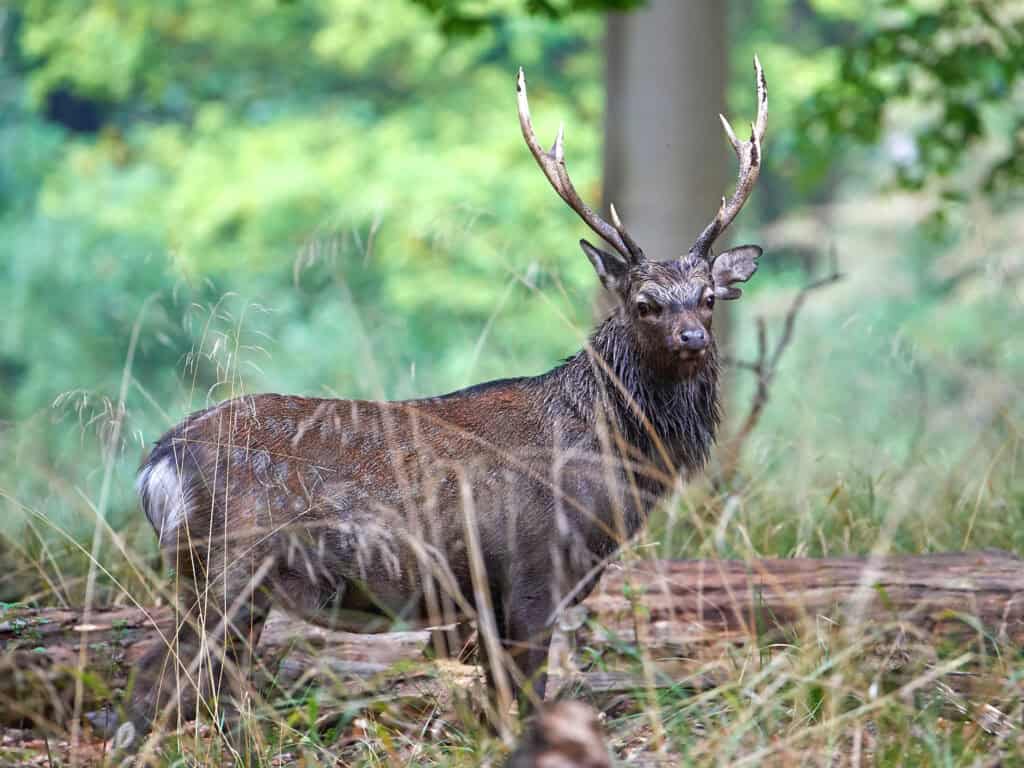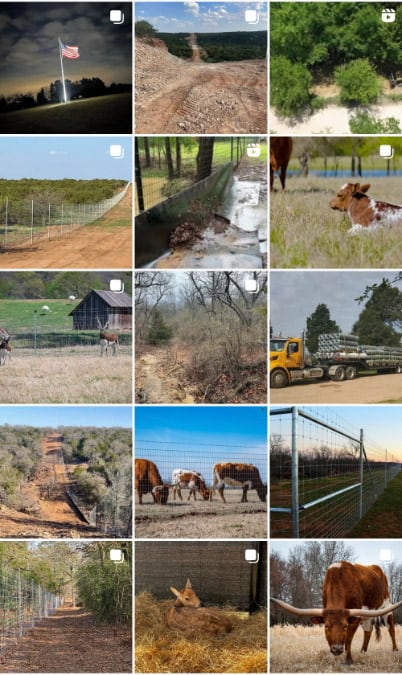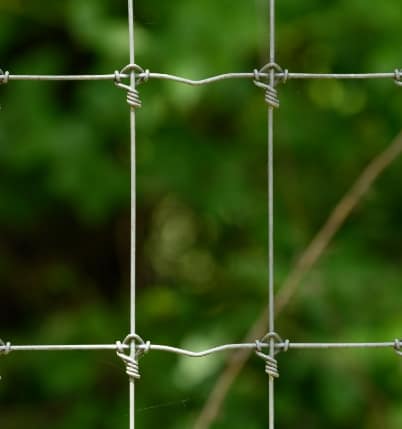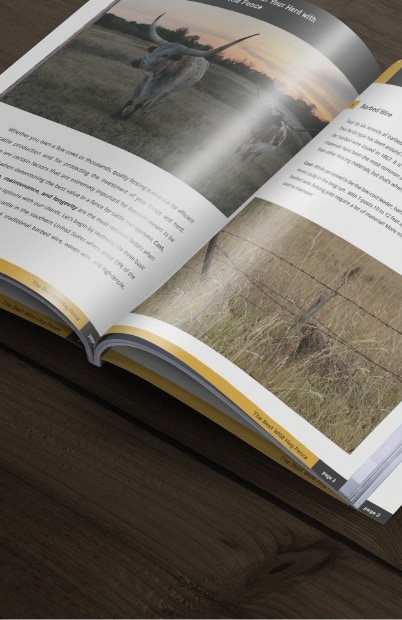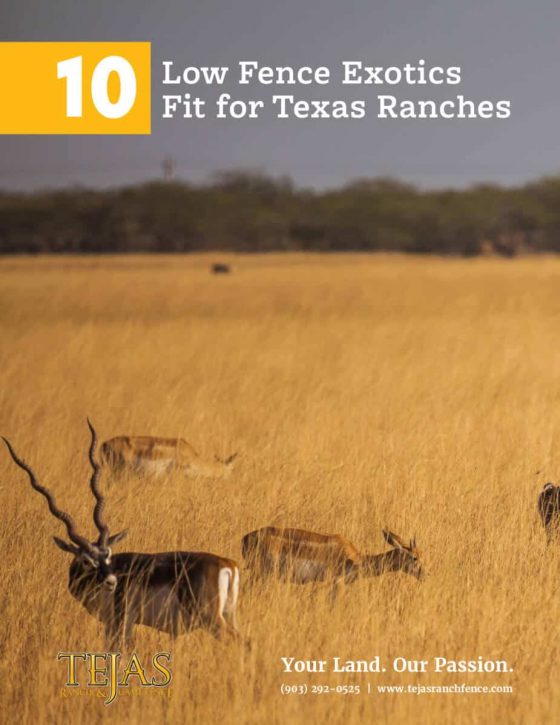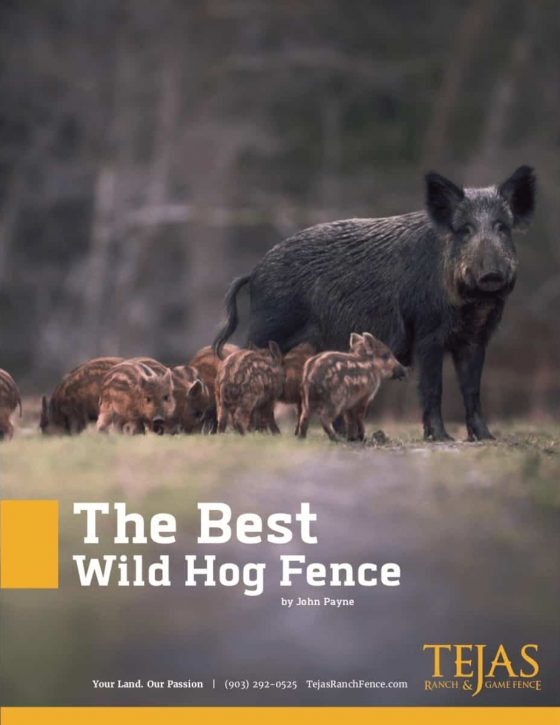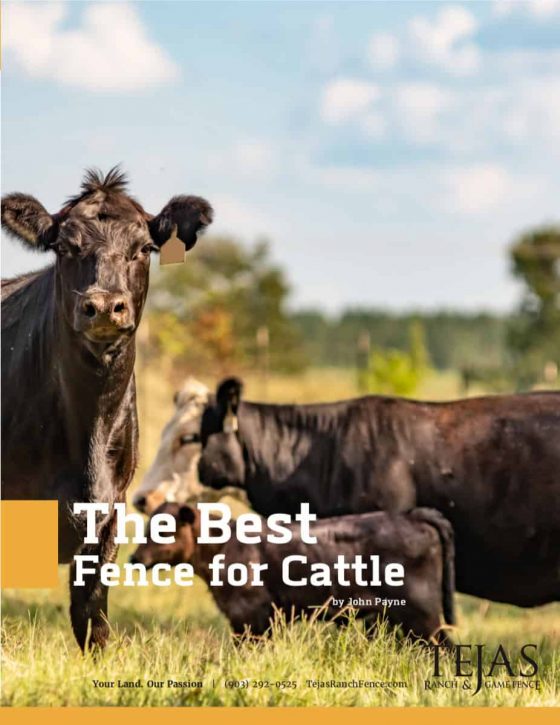The Sika deer, also known as the spotted deer, graces diverse habitats from the temperate forests of Japan to the grasslands of North America. Its name is derived from the Japanese word “shika,” which means “deer.” Known for their distinctive coat and graceful build, Sika deer are distinguished by a range of unique physical and behavioral traits.
Understanding Sika Deer
Origins and Ancestry
The Sika deer (Cervus nippon) originates from East Asia, with its native range extending from Japan, Korea, and Taiwan to parts of China and eastern Russia. Within Japan, the Sika deer is often closely associated with cultural and religious traditions, where they are considered sacred messengers of the gods and roam freely, protected by law.
During the 19th and early 20th centuries, Sika deer were introduced to Europe, North America, and New Zealand for ornamental and hunting purposes. Over time, these introduced populations became established in the wild, primarily due to their adaptability.
Habitat
Today, Sika deer can be found in a variety of habitats, reflecting their adaptability to different environmental conditions. In their native range, they typically inhabit temperate and subtropical forests, often choosing wooded and mountainous areas that offer abundant cover. In introduced regions, Sika deer have adapted to wetlands, grasslands, and coastal forests. Their ability to acclimate to different environmental conditions highlights their significance in the broader context of ecological studies. From the perspective of wildlife management, understanding the adaptive strategies of Sika deer is crucial for maintaining balanced.
Sika deer are herbivorous and have a diverse diet. They feed on grasses, leaves, twigs, and even some fruits and berries. Their diet changes with the seasons, with a preference for grasses and herbs during the spring and summer, and browsing on shrubs and woody plants during winter months. In forested areas, Sika deer play an important role in shaping the vegetation structure through their foraging activities.
Physical Characteristics and Unique Features
One of the most striking features of the Sika deer is its reddish-brown coat adorned with prominent white spots. Unlike many other deer species, including their close relative, the red deer, Sika deer retain these spots into adulthood. The spots provide effective camouflage in the dappled light of forest understories.
During the winter months, their coat transitions to a darker brown or gray, and the spots become less noticeable. Male Sika deer, or stags, develop a distinctive dark shaggy mane along their necks during the winter.
Antlers, another distinguishing feature found only in males, are grown and shed annually. The antlers of Sika deer are known for their sweeping back elegance, a characteristic that differentiates them from other deer species.
|
Height |
2.5 feet |
|---|---|
|
Length |
3.5 to 5.1 feet |
| Weight | 70 – 90 pounds |
| Color | reddish-brown coat with white spots that are more prominent |
| Lifespan | 15–18 years |
| Country of Origin | Japan, Taiwan, and eastern Asia |
| Habitat | Forests, marshes, and grasslands |
| Diet | Herbivores: can be grazers or browsers, depending on their environment |
| Fence Requirement | High-Tensile Fixed-Knot Fencing |
| Suggested Fence Pattern |
Distinctive Behaviors and Social Structure
Sika deer exhibit intriguing social behaviors that fluctuate with the seasons. Outside of the breeding season, males and females typically lead separate lives. Stags are often solitary or form loose bachelor groups, engaging in subtle displays of dominance to establish a social hierarchy. Hinds, on the other hand, prioritize their maternal roles, forming small, closely-knit family groups with their young.
As the breeding season, or rut, approaches, the behavior of Sika deer undergoes a dramatic shift. Stags become increasingly vocal, their calls echoing through the forests as they compete for the attention of females. Their vocalizations, which include a distinctive whistling sound, serve as auditory markers of territory and dominance.
During the rut, stags engage in fierce battles using their antlers, showcasing a raw display of strength and agility. These contests determine which stag earns the right to establish a harem and mate with females, perpetuating the cycle of life.
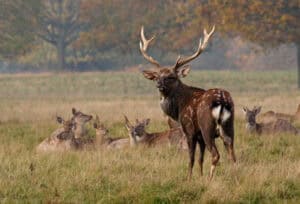 Ecological Insights
Ecological Insights
The ecological role of Sika deer varies considerably depending on whether they are present in their native range or have been introduced to new environments. In their native East Asia, they are an integral part of the ecosystem, their browsing habits influencing forest regeneration and plant diversity.
However, in regions where they are not native, Sika deer can pose ecological challenges. Their presence can alter delicate ecological balances, leading to competition with native species and potential impacts on vegetation. Thus, understanding their ecological influence is critical for effective wildlife management strategies.
Human and Cultural Interactions
The relationship between humans and Sika deer is multifaceted, ranging from reverence and cultural significance in some regions to conflicts stemming from their ecological impacts in others. In their native East Asia, Sika deer have long held a place of cultural and spiritual significance, particularly in Japan, where they are considered sacred messengers in the Shinto religion.
However, in areas where Sika deer have been introduced, their relationship with humans is often characterized by the challenges of managing their populations and mitigating their impact on agriculture and forestry.
Historical Hunting Practices
Historically, Sika deer were hunted throughout their native range for their meat, hide, and antlers. In some cultures, Sika deer hunting was intertwined with traditions and rituals, reflecting their deep-rooted connection with human societies. However, with the decline of natural predators in some regions and the introduction of Sika deer to new areas, hunting regulations have become increasingly important for managing populations and preventing ecological imbalances.
Today, Sika deer are a popular game species in many countries, attracting both local hunters and international trophy hunters. The challenge for wildlife managers lies in balancing the interests of hunters with the need for sustainable population management and the preservation of the species.
Conclusion
The Sika deer is a fascinating and complex species with unique physical characteristics, vocalizations, and behavior patterns that distinguish it from other deer. Sika deer has established itself in various habitats worldwide, displaying remarkable adaptability. While they are a beloved symbol in parts of their native range, introduced populations have raised ecological and conservation concerns. If you are intrigued by these majestic creatures, delve into our FAQ section to learn more about what sets them apart from other deer species and the challenges they face in today’s world.
Related Articles
Exotic Black Hawaiian Sheep
Exotic Barbados Sheep
Exotic Zebras
Exotic Rhea
Buffalo
Exotic Addax
Exotic Scimitar Oryx
Exotic Blackbucks
Exotic Painted Desert Sheep
Exotic Mouflon Sheep
Exotic Corsican Sheep
Exotic Fallow Deer
Exotic Aoudad Sheep
Exotic Nilgai Antelope
Exotic Texas Dall Sheep
Exotic Axis Deer
Exotic Pere Davids Deer
